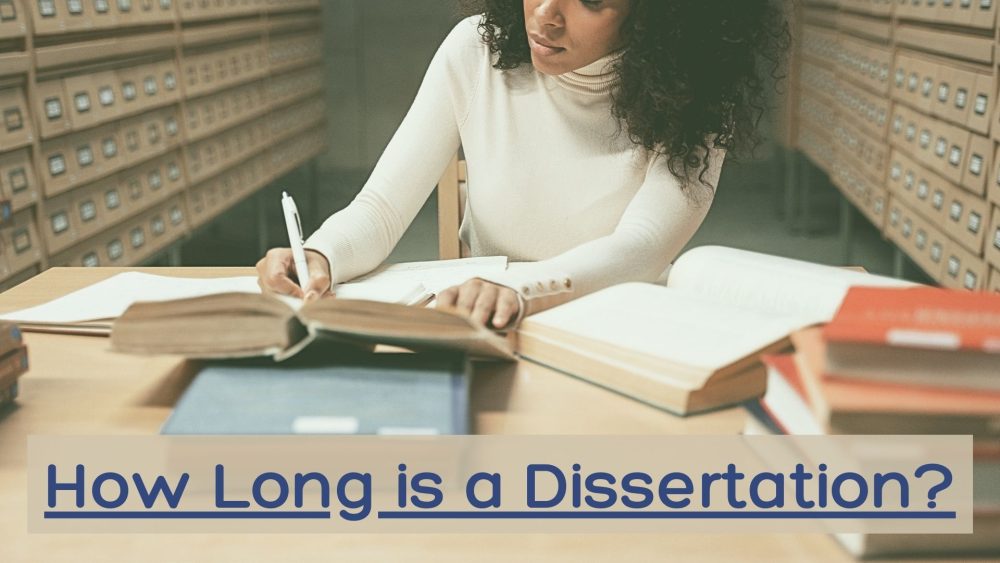How to Write a Dissertation Introduction Like a Pro

The introduction is the first chapter of a dissertation, and it is critical that it provides the reader with a strong and captivating beginning. The overall goal of a dissertation introduction is to inform the reader what the entire paper is all about, why it is important, and the approach used to do it. However, a lot of college students find writing a dissertation introduction challenging, which means they end up getting stuck before advancing further with the paper.
To help make the work of writing an introduction for a masters dissertation easy, we have prepared a comprehensive guide for you. Make sure to follow all the steps carefully to give your dissertation an irresistible beginning that will make readers want to get more from the subsequent chapters.
How to Start a Dissertation Introduction: Bring Out the Topic and Context
The first step when writing the introduction to a dissertation is providing some insights about your topic by giving useful background information. Here, you should target arousing the interest of the reader and demonstrate why the topic is important for the dissertation. For example, make sure to mention important debates and practical problems that you are looking at.
A good example of a statement for a topic such as “Young People’s Effort in Addressing Climate Change” might be something such as this:
Recent news reports about children’s involvement in climate change show a growing concern and determination to engage in climate politics.
How to Write a Dissertation Introduction: Narrow Down the Focus
For most students, one of the main challenges when beginning their work is the question, “What would you include in the introduction of a dissertation?” After a brief introduction to the area of interest, you need to narrow down and tell the reader about your specific focus. At this point, you should provide details such as:
- The geographical area of your focus.
- Period of study.
- Demographics.
- Specific themes that you need to address.
- Define the scope of the study.
Writing a Dissertation Introduction: Show the Research Relevance
The focus of your study in the structure of the dissertation introduction should be followed by a clear demonstration of its relevance. Here, you are simply answering the following questions, “What is the rationale of the study?” and “What insights will it add?” Simply put – Why does your research matter?
At this point in writing your master’s dissertation introduction, consider providing a short overview of the current state of research about the topic, capturing the latest literature. Then, show how your research will fit in there. Note that this is just a short highlight because you will capture more details in the literature review part of the dissertation.
Depending on your discipline, you might include practical relevance, but it is also okay to highlight the relevance to other studies. To make the relevance outstanding, you might consider checking another leading dissertation introduction example.
Here is a demonstration of how to present relevance in the introduction chapter of the dissertation:
- Tell the reader how the study solves a theoretical or practical problem.
- Demonstrate how the research builds on current studies.
- How does the study propose a new understanding of the topic?
- How does the study help fill the gap in the literature?
Dissertation Introduction: Bring Out Your Aims and Objectives
The aims and objectives of your study form another very important part of the introduction, and indeed, the entire dissertation. The aim of the study is what you anticipate to achieve, while the objective is how you will go about achieving it. The overall aim of the study is done in the form of or research questions.
Note that the objectives you use for the study should be specific, helping to tell the readers how you went about the study. Furthermore, the objectives provide initial insights into the research methods, offering a quick preview of the data and the type of analysis used in the study. However, do not go into details because they will be brought out in the methods section. See the examples of study objective below:
- To collect and analyze qualitative data on the new mothers’ level of knowledge and concerns about the importance of immunizations in kids.
- To find out whether environmental concerns by students are associated with social class, gender, and age
- To do a qualitative study to gain in-depth insight into student’s attitudes and perceptions about climate change.
Writing Dissertation Introduction: Study Limitations
When writing a dissertation, the study limitations are captured in the methodology section, but you should also include them in the introduction.
Because every study has some challenges, it is okay to experience some limitations. Some of these might include data limitations, design limitations, or even financial challenges. Well, no matter the nature of the limitations, your dissertation will be impacted in one way or another, and you should tell the reader about it.
When bringing out the limitations, ensure to be as specific as possible. This will also help your supervisor to understand what you went through when preparing the dissertation. Also, mention how you overcame the limitations because if you did not; they are likely to have compromised the study.
Dissertation Introduction: Give an Overview of the Dissertation Structure
The last section of the introduction dissertation is providing your readers with an overview of the paper’s structure. Here, the aim is to give a brief summary of the dissertation and to demonstrate how the study contributes to the central aim. Make sure to keep the overview short and concise.
In most cases, the overview of the structure is only a few sentences. However, if you are working on a lengthy paper, it might be necessary to consider a more detailed full paragraph to capture a summary of every chapter.
If your dissertation is in humanities, it is advisable to consider a thematic overview as opposed to dividing it into specific parts. This structure makes more sense if you have an unconventional outline for your dissertation.
Now that you have seen the mechanics of writing a dissertation introduction, it is time to get down to it. Remember that if the process appears challenging or you need to write the introduction fast, the best idea is seeking expert help.
NOTE: Although the introduction of your work comes at the beginning, you do not need to work on it as the first item. In fact, we recommend that you work on it or go back to it after completing the dissertation. However, you should have a rough draft or use the proposal’s introduction as a template because it has most of the elements that you need.
Frequently Asked Questions – FAQ
How long is the dissertation introduction should be?
The dissertation introduction should be short and precise. Use brief sentences that still communicate the meaning to the reader. The introduction is the first chapter in a dissertation that gives the reader the motivation to read the entire paper.
What should you write in the dissertation introduction?
Writing a dissertation introduction is more than setting the context by highlighting the background details. It should include details that arouse the reader’s interest and show why the topic is important for the dissertation.
How to end the introduction to the dissertation?
You can end your dissertation introduction by giving the reader an overview of the paper’s structure. Show how the study contributes to the central aim of the dissertation. The overview should be precise and to the point.
How to start a dissertation introduction?
Start writing a dissertation introduction by ushering in some insights about your thesis topic through useful background information. Use a hook sentence to keep your reader to your paper and arouse curiosity in him/her.
 by
by 









